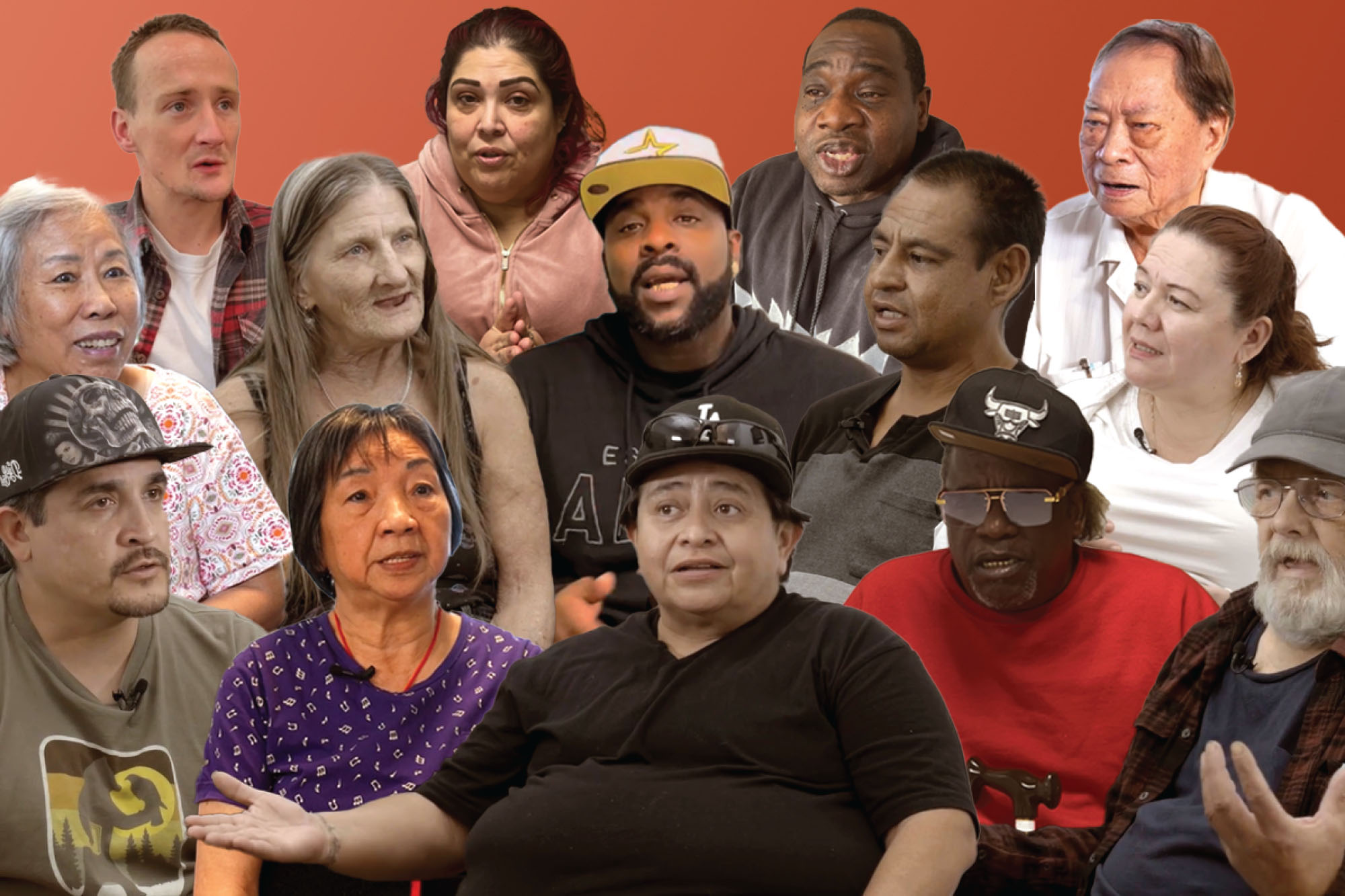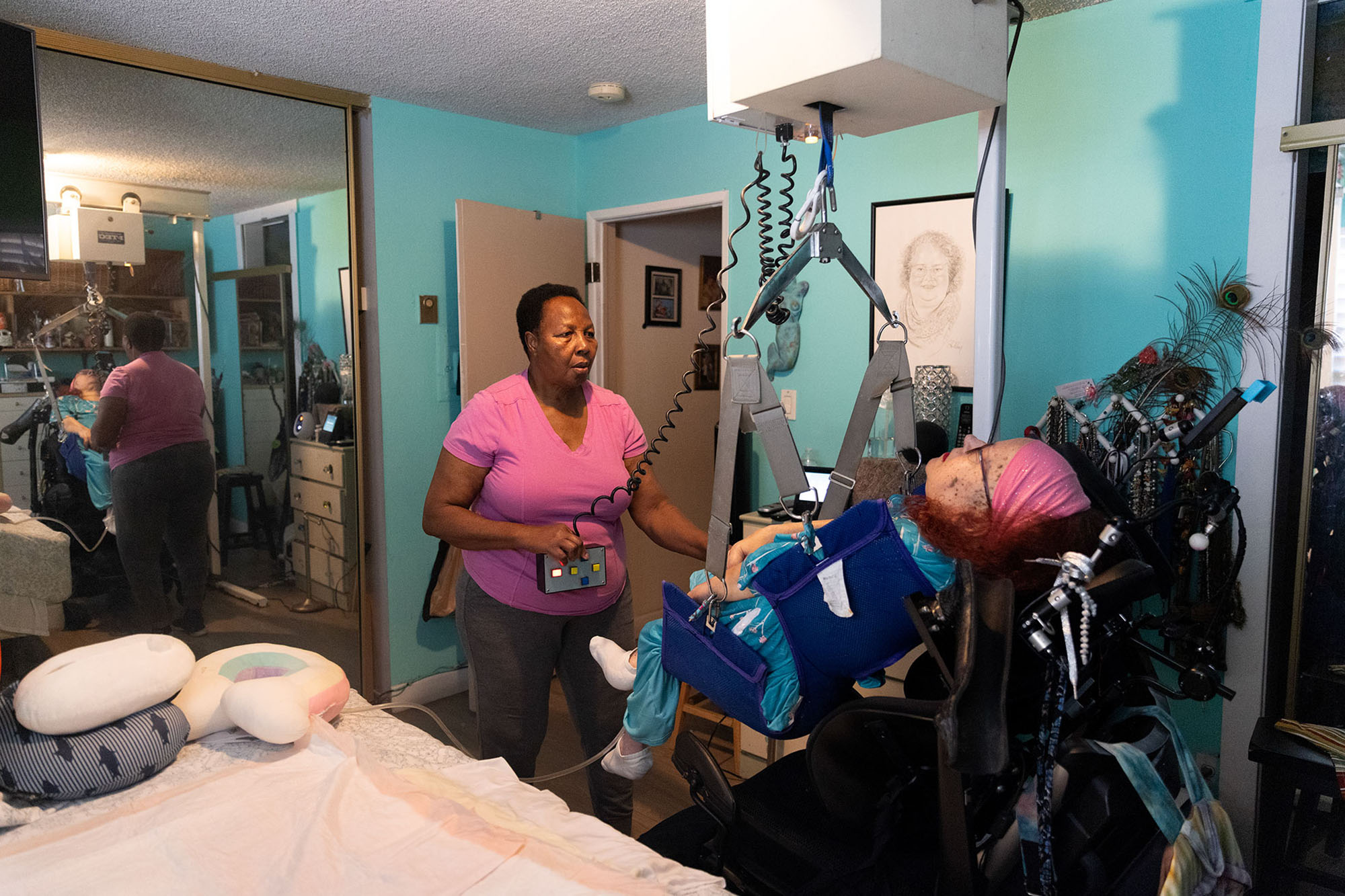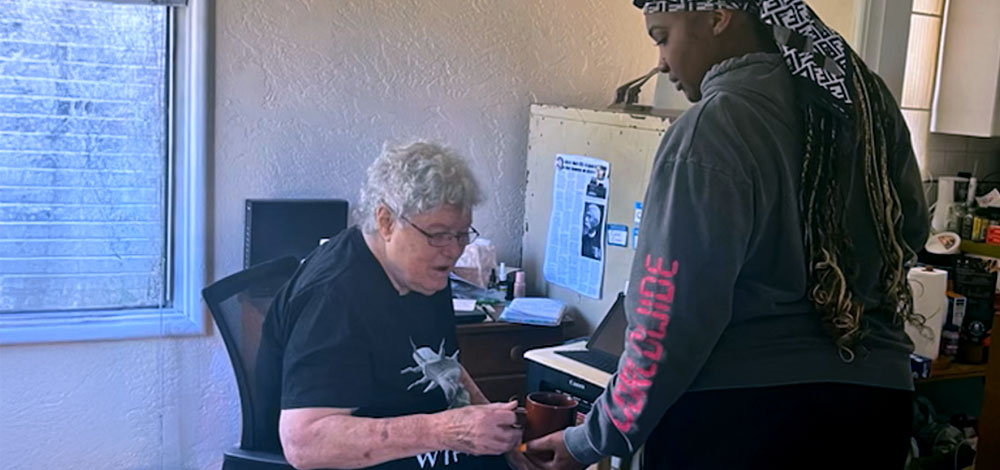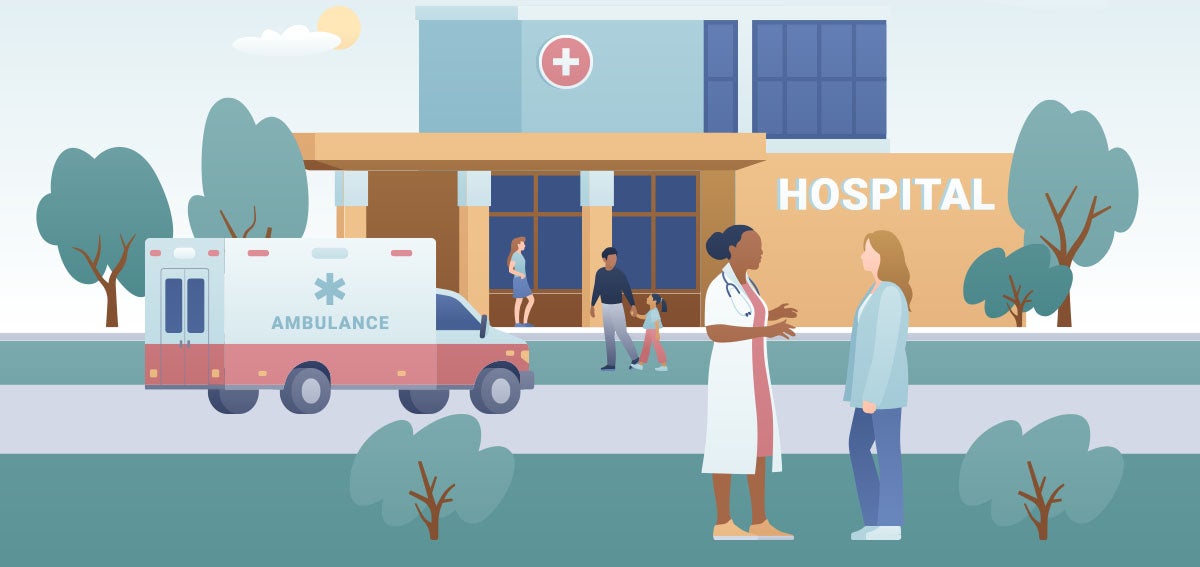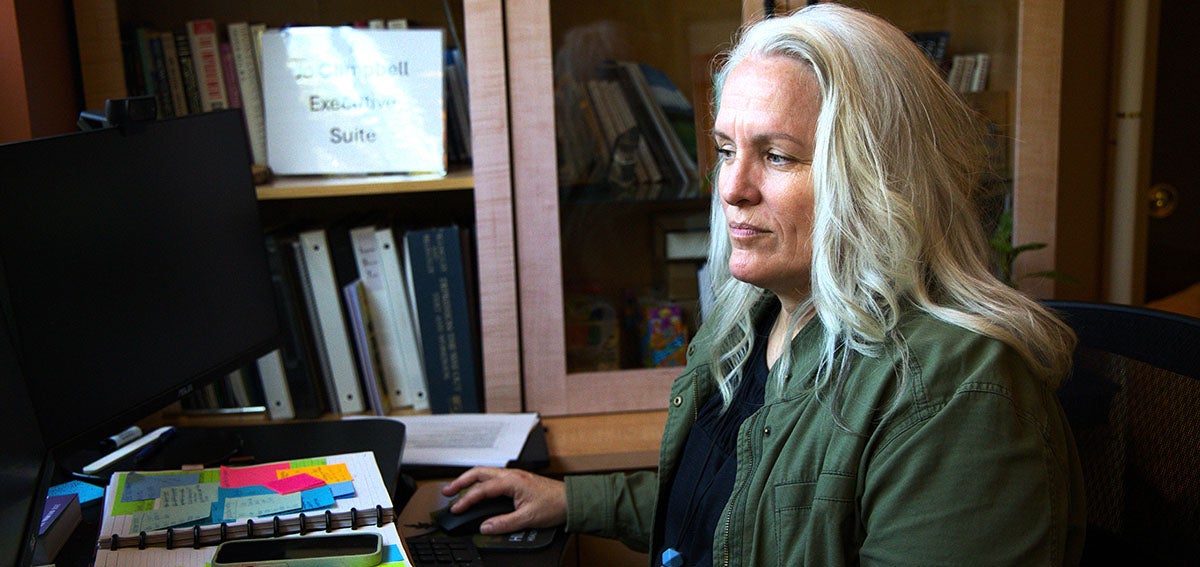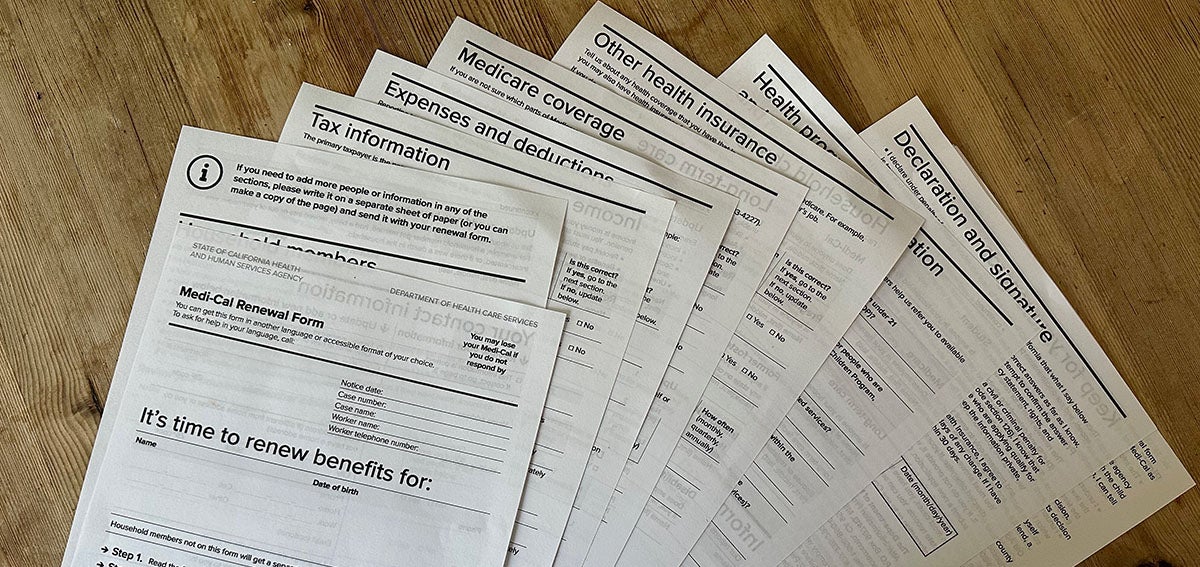
This story originally appeared in the California Health Report and was produced in collaboration with News for Chinese, which published a Chinese language version.
Kelly Ko of Fremont stared at the stack of paper. It had come in the mail, from the local government, in a large envelope. Inside was a winding, 19-page form that asked for her family’s exact income, tax-filing status, expenses and deductions, and details about their existing health insurance. She didn’t know how to answer all the questions.
And her son’s well-being depended on her filling it out correctly.
Ko’s son, Darren, 17, has autism and requires constant supervision when his parents are not with him. Because he has a disability, California pays for his access to after-school and respite care. But some of the coverage he depends on could slip away unless Ko correctly submitted the reenrollment forms that had come in the mail. The forms are for enrollment in Medi-Cal, California’s safety-net health insurance program.
“I thought, oh my God, this is confusing,” Ko said.
For the many Chinese-speaking families Ko works with as an outreach director for programs serving children with disabilities, the process would be even more difficult, she knew.
“I can imagine that people who don’t speak English, they would have a hard time renewing,” Ko said.
A third of Californians rely on Medi-Cal for health insurance, including nearly 4 in 10 children. People can qualify for the program if they are low-income, or if they have disabilities that require a high level of care. The insurance is a lifeline for many families, especially for those like Ko who have children with disabilities. During the pandemic, California and other states didn’t require people to renew their membership in the program, known nationally as Medicaid. That changed on April 1, when California began sending out renewal packets once again. Renewals will be sent out in batches, based on the month in which enrollees originally applied for Medi-Cal. Everyone’s renewal date is different, and due dates will be stated on the form.
How to Renew Your Medi-Cal Coverage
Call or visit your local Medi-Cal office to update your contact information, to find out your renewal month, or to get help completing your form. Find details for your county’s Medi-Cal office by visiting dhcs.ca.gov/COL. You can also call the general Medi-Cal helpline at 800-541-5555, which provides assistance in several languages, including Chinese.
If you have internet access, you can update your personal information online by signing in or creating an account at www.benefitscal.com or www.mybenefitscalwin.org.
The Health Consumer Alliance offers free assistance over the phone to help people struggling to get or maintain health coverage. Call toll-free at (888) 804-3536.
Many community health centers and community-based organizations across the state have health navigators and enrollment specialists on-site who can help with Medi-Cal applications and renewals, including in Chinese and other Asian languages.
In the Bay Area, these include Asian Health Services, East Bay Agency for Children, and Korean Community Center of the East Bay (844)828-225.
Over the next year, as the renewal process continues, millions of Californians could lose their Medi-Cal coverage if they fail to fill out the forms correctly or do not receive them. A report (PDF) in March by the state Department of Health Care Services, which oversees Medi-Cal, estimated that between 2 million and 3 million Californians may be dropped from the program.
Health officials and advocates are urging Medi-Cal enrollees to proactively contact their local county Medi-Cal office to update their contact information if it has changed and to be on the lookout for renewal information in the mail. The state is also funding outreach campaigns targeting different communities and supporting health navigators who can help with renewals in various languages and for people with disabilities. Meanwhile, a children’s advocacy group is pushing to fast-track a policy that would give children under age 5 enrolled in Medi-Cal continuous coverage without the need for renewals
A Right to Request Help
Some Californians may lose their Medi-Cal coverage because of a change in income or other circumstance that makes them no longer eligible. These enrollees may instead be eligible for subsidized health coverage through the state’s Covered California insurance exchange.
But other Medi-Cal recipients will be dropped from the program simply because they’ve moved or changed phone numbers in the past three years and counties don’t have their updated contact information, or because they don’t fill out the paperwork correctly, often because they don’t understand it. The forms include 15 or more pages of questions about members living in the household, tax-filing status, income, and health care coverage. Some ask for details about a recipient’s assets. The length and content of the forms vary slightly depending on what type of Medi-Cal coverage the member is eligible for. The forms come pre-populated with information the member has provided in the past, and recipients are asked to confirm or update it.
In addition to Medi-Cal renewals, families with children enrolled in a related health coverage program called California Children’s Services will be sent a renewal form for that program. Children’s Services covers treatment, case management, and physical and occupational therapy for children up to age 21 with certain disabilities or diseases such as cerebral palsy, cystic fibrosis, cancer, heart conditions, and orthopedic disorders.
“I just can’t stress enough how big of an undertaking this is,” said Alicia Emanuel, a senior attorney with the National Health Law Program, which advocates for the health rights of people with low incomes.
“We’re concerned about the populations that might fall through the cracks. People with limited English proficiency, people with disabilities historically experienced more administrative barriers to retaining their coverage.”
Forms can be filled out by mail, online, in-person or over the phone. People with disabilities or with limited English proficiency have a right to request in-person assistance to complete their paperwork. People can also request forms and help in one of 19 languages, including Chinese, Hmong, Korean, and Thai. Those with disabilities can obtain free help from a qualified sign language interpreter and written information in other formats such as large print, audio or accessible electronic formats. (See the resources in the shaded box above, or look for contact information for your county eligibility worker and other information on your renewal form.) Although these options are available, many people do not know they can ask for them.
‘A Matter of Life or Death’
Ko said she didn’t even bother calling her county for help with her son’s Medi-Cal renewal, even though she had questions – mainly related to whether she needed to fill out the income section given that her son qualifies because of his disability, not the family’s income. She’d tried calling in the past, even before the pandemic, she said, and was on hold for at least an hour.
“You’re on hold and then they transfer you to another line and you’re on hold some more,” she said. “I try to avoid it because it takes too long.”
Wendy Neikirk Rhodes, executive director at Support for Families, which serves families of children with disabilities in San Francisco, said many families are very worried about the renewals.
“The concern is so high because many times their child’s life depends on medical treatment,” she said. “Their families’ financial viability, their child’s health and well-being, all depend on their being able to access the Medi-Cal services that they’re entitled to.”
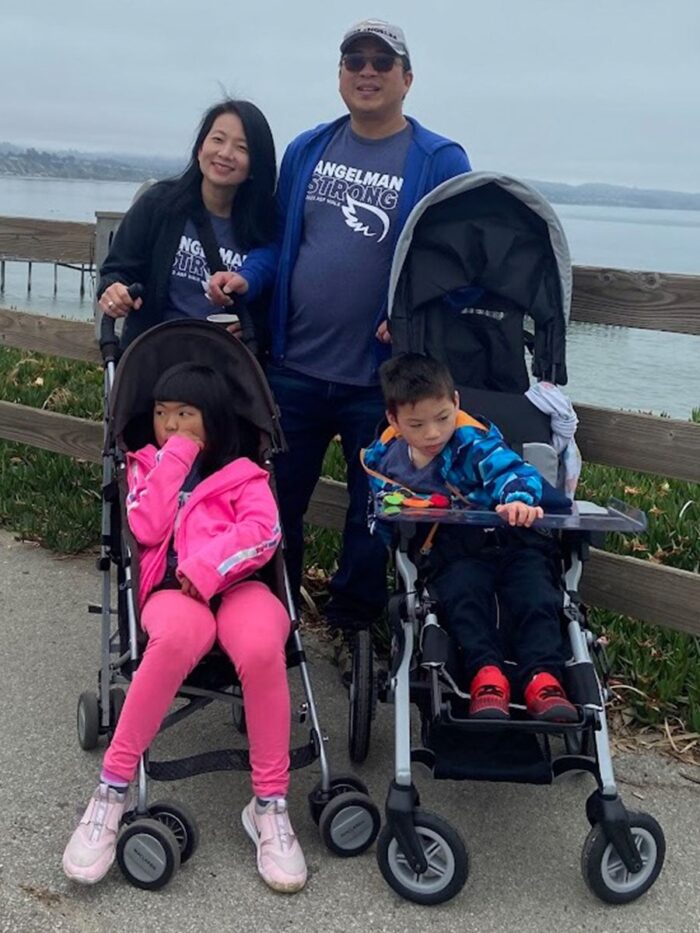
Kanit Therdsteerasukdi of Fremont requested his son’s form in Thai because his wife doesn’t understand English well. However, even in Thai the form didn’t make sense to her because it wasn’t well translated, he said. He ended up looking at older forms in English he had filed away to figure out how to answer the questions.
Advocates are pushing for the state to fast-track a policy enacted last year in California that would allow for continuous coverage of children enrolled in Medi-Cal from birth through 5 years of age, starting in 2024. Mayra Alvarez, executive director of the children’s advocacy organization, The Children’s Partnership, said automatic renewals during the pandemic dramatically reduced the number of children losing access to Medi-Cal.
“We’re hoping to put additional pressure on the administration to move forward with implementation of that policy as quickly as possible,” she said. “Medi-Cal is a lifeline for so many in our community. It’s literally a matter of life or death.”
After putting off filling out her son’s Medi-Cal renewal for a week, Ko gathered up the income and insurance documents she needed and searched in her files for an old renewal form to help her answer some of the questions she was unsure about. A few days later she drove to her local post office and mailed the form. She still wasn’t completely sure she’d filled it out right, but she’s hoping for the best.
“I filled it out to my best ability,” she said.
Authors & Contributors

Claudia Boyd-Barrett
Claudia Boyd-Barrett is a longtime journalist based in Southern California. She writes regularly about health and social inequities. Her stories have appeared in the Los Angeles Times, San Francisco Chronicle, San Diego Union-Tribune, and California Health Report, among others.
Boyd-Barrett is a two-time USC Annenberg Center for Health Journalism fellow and a former Inter American Press Association fellow.

